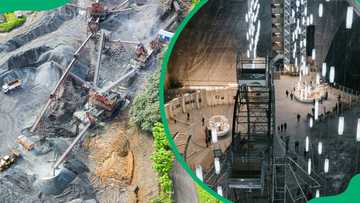11 most dangerous jobs in the world: careers with the highest risks
The most dangerous jobs in the world take lives and injure millions of people each year. Risk is part of the job description, especially in construction, where falls are common; fishing, where fishermen have to brave the unpredictable seas, or the agriculture industry, which records higher fatality rates than most professions.
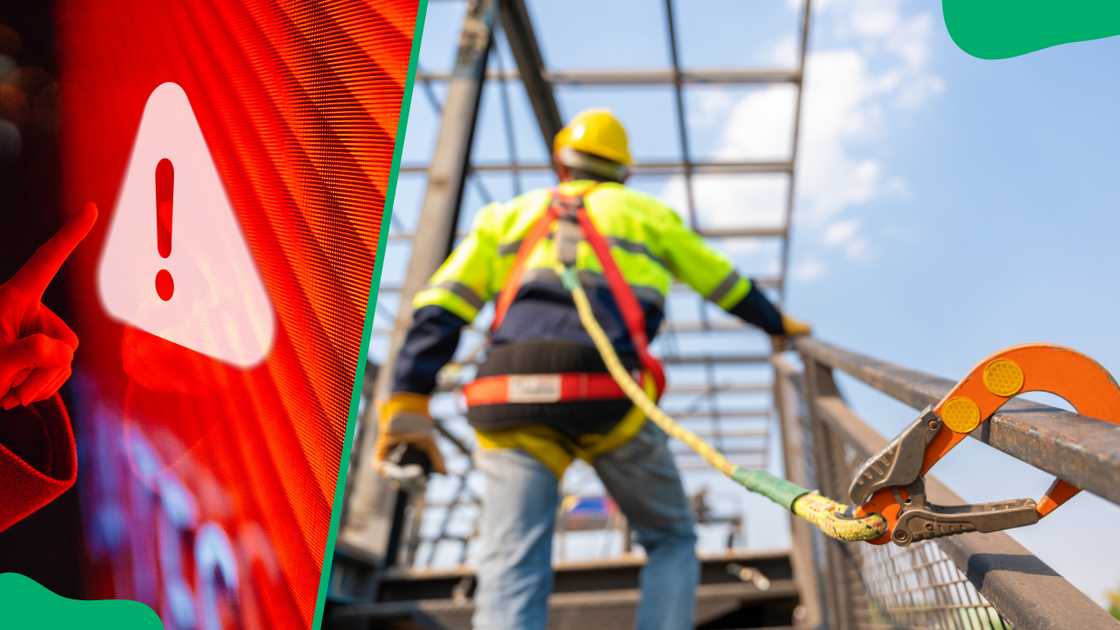
Source: Getty Images
TABLE OF CONTENTS
- Key takeaways
- The world’s most dangerous jobs
- 11. Sewerage and waste management workers
- 10. Construction workers and supervisors
- 9. Agricultural work
- 8. Mining and quarrying
- 7. Power line workers
- 6. Commercial fishing
- 5. Structural iron and steel workers
- 4. Grounds maintenance workers
- 3. Truck drivers
- 2. Aircraft pilots and flight engineers
- 1. Logging workers
- Which is the safest job?
- Which are the most dangerous jobs that pay well?
Key takeaways
- A key characteristic of dangerous jobs is exposure to extreme environments, like deep-sea fishing in stormy waters, mining deep underground, and heights in construction.
- The occupational fatality and injury rates associated with dangerous jobs vary by country.
- Most deadly occupations have a limited margin for error, with minute mistakes often leading to fatal results or serious injuries.
The world’s most dangerous jobs
The deadliest jobs ranking below is based on injury statistics and fatality rates, i.e. number of deaths per full-time equivalent (FTE) employee. The data is obtained from the safety consultancy Arinite study, the International Labour Organisation (ILO), the CDC, the US Bureau of Labour Statistics (BLS), and the World Health Organisation (WHO).
Rank | Job | Fatality rate (per 100,000 FTE workers) |
1. | Logging workers | 98.90 |
2. | Aircraft pilots and flight engineers | 31.30 |
3. | Truck drivers | 26.80 |
4. | Grounds maintenance workers | 20.50 |
5. | Structural iron and steel workers | 19.80 |
6. | Commercial fishing | 15.96 |
7. | Power line workers | 15.00 |
8. | Mining and quarrying | 14.09 |
9. | Agriculture | 11.26 |
10. | Construction workers and supervisors | 10.24 |
11. | Sewerage and waste management | 7.63 |
A 2023 study by the ILO estimates that around 3 million people die yearly from work-related injuries and diseases, and over 374 million workers suffer from non-fatal occupational accidents. The most hazardous sectors were found to be agriculture, construction, forestry, fishing, and manufacturing, which account for 63% of all fatal occupational injuries.
The extent of occupational injury and fatality rates varies by country. Most of the work-related deaths happen to workers in Asia (about 65%), according to the UN Global Impact. Here is a highlight of the 11 most dangerous jobs in the world:
11. Sewerage and waste management workers
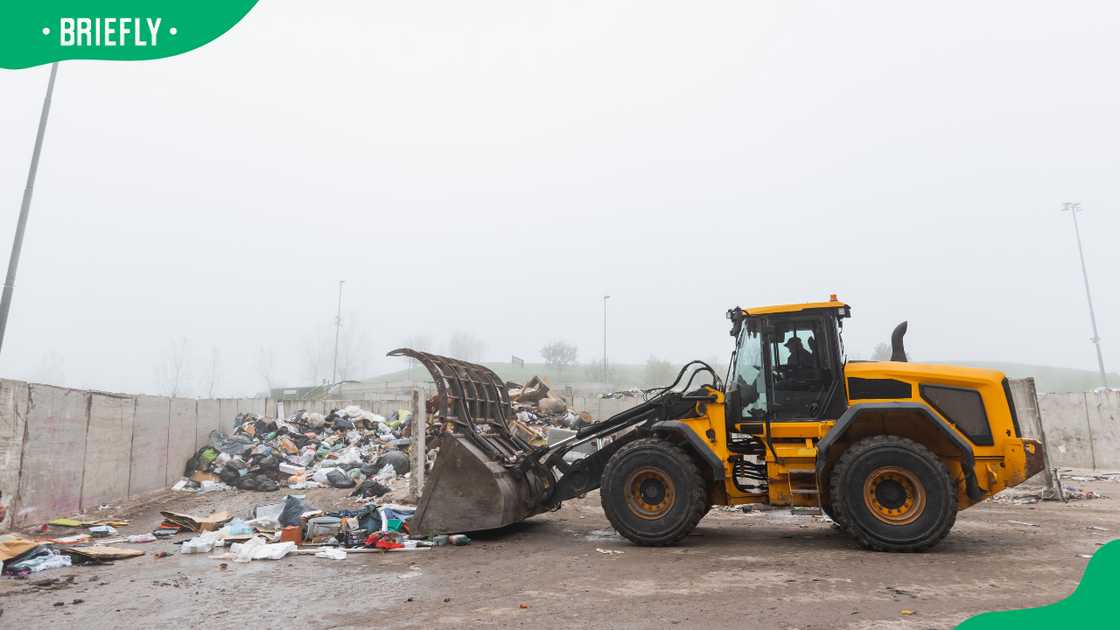
Source: Getty Images
- Fatality rate: 7.63 deaths per 100,000 FTE employees
Handling waste is inherently dangerous due to risks like exposure to hazardous materials, infections, heavy machinery accidents, and drowning or falling in wastewater treatment plants and large waste disposal sites. Kazakhstan has one of the highest fatality rates at 28 deaths per 100,000 FTE workers, according to Arinite.
It is also one of the most dangerous jobs in America, with a fatality rate of 41.4 deaths per 100,000 FTE workers in 2023, according to the BLS. Over 50% of sewerage and waste management deaths occur during collection operations.
10. Construction workers and supervisors

Source: Getty Images
- Fatality rate: 10.24 deaths per 100,000 FTE employees
Construction industry jobs are some of the deadliest in the world. Roofers make up a greater percentage of construction-related injuries and fatalities. Zipdo estimates the average fall risk for roofing workers to be 4 times higher than that of other construction trades.
Around 42% of accidents happen due to falls from heights of over 10 feet. Despite construction safety precautions, supervisors are also exposed to dangers like heavy machinery, falling objects, and crane operations.
9. Agricultural work

Source: Getty Images
- Fatality rate: 11.26 deaths per 100,000 FTE employees
Agriculture is surprisingly a very dangerous industry, according to the ILO, whose 2023 study found that a third of all fatal occupational injuries worldwide occur in agricultural workers. Guadeloupe has the highest fatality rate of 58.21 per 100,000 workers, according to Arinite.
The workers are exposed to unpredictable animal behaviours, manure pit asphyxiation, heavy machinery and equipment, and dangerous chemicals in pesticides, herbicides, and fertilisers. In the USA, transportation incidents are the leading cause of death for farmers and farm workers, according to the CDC.
8. Mining and quarrying
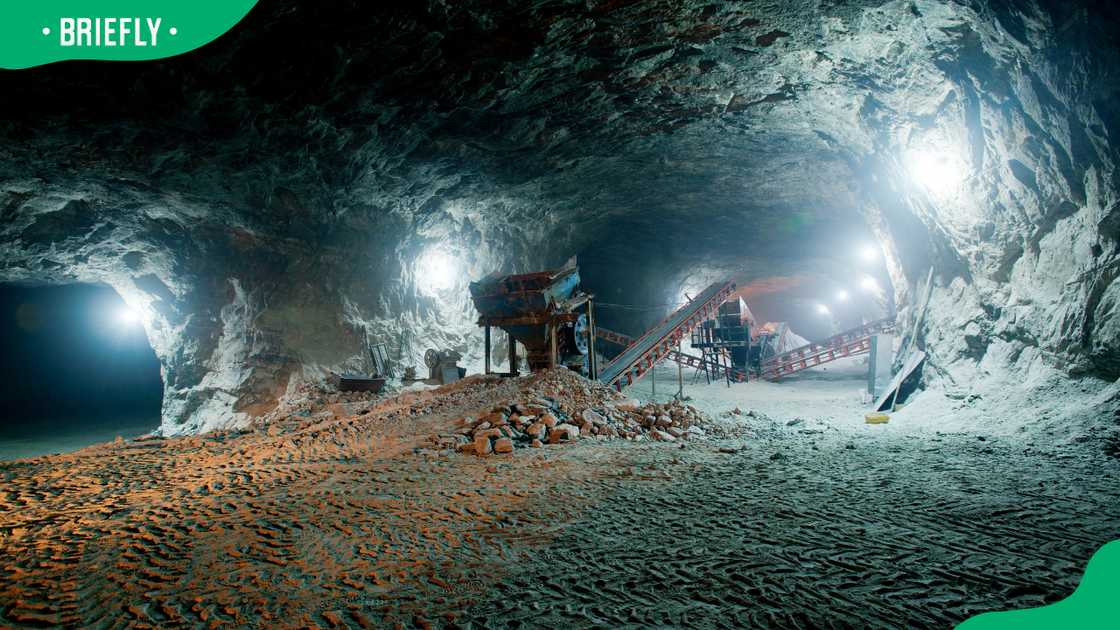
Source: Getty Images
- Fatality rate: 14.09 deaths per 100,000 FTE employees
Miners are exposed to risks like cave-ins, toxic gases (carbon monoxide and methane gas), explosions, and exposure to harmful dust. China recorded one of the highest mining fatality rates in 2002 when the country lost 6,995 miners in a single year.
The global rate of deaths and injuries has declined over the years due to improved security measures, but mining accidents still occur.
7. Power line workers

Source: Getty Images
- Fatality rate: 15 deaths per 100,000 FTE employees
The power line field is faced with risks like high-voltage electricity, working at heights, extreme weather conditions, and heavy equipment handling.
The global electricity, gas, and water industry has a fatality rate of 9.88 per 100,000 FTE workers, with Macau recording the highest fatality rate of 83.33 deaths per 100,000 FTE workers, according to Arinite.
6. Commercial fishing
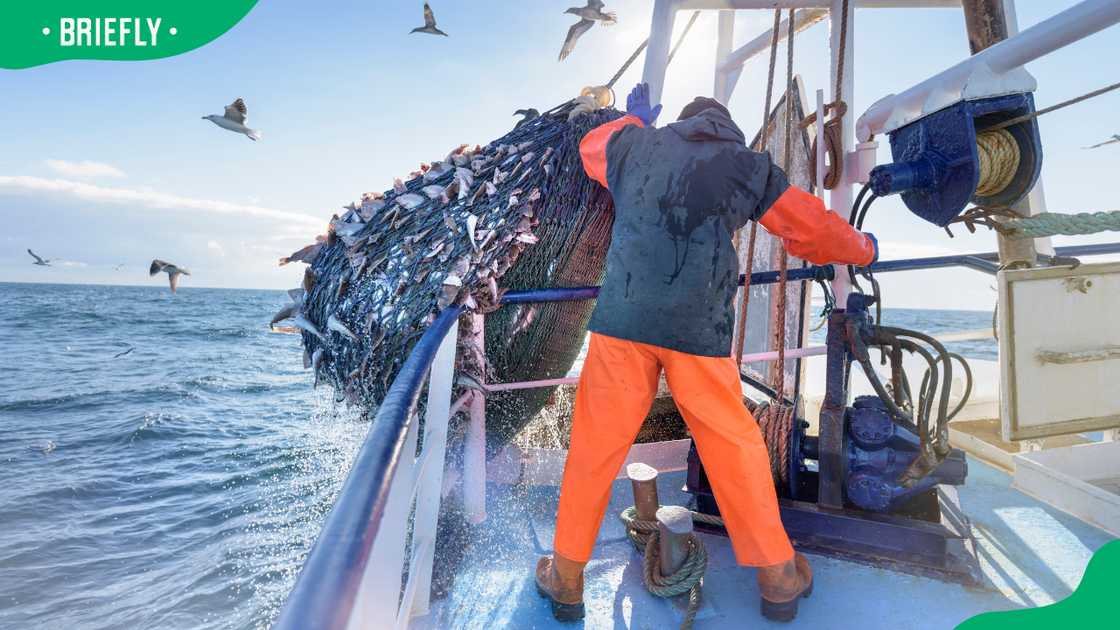
Source: Getty Images
- Fatality rate: 15.96 deaths per 100,000 FTE employees
The fishing sector has serious jobs with high death rates. Harsh weather, hypothermia, capsizing, falling overboard, unpredictable seas, and heavy equipment make it a very dangerous career.
Over 100,000 fishing-related fatalities are recorded every year across the world, with Canada recording one of the highest rates of 27.32 deaths per 100,000 FTE workers, according to Arinite. Regions with small-scale fisheries have weak or non-existent safety regulations, making them more hazardous.
5. Structural iron and steel workers

Source: Getty Images
- Fatality rate: 19.8 deaths per 100,000 FET employees
Major dangers facing the structural iron and steel industry include handling heavy materials at high elevations, falls, heat burns, chemical exposure, and noise-induced hearing loss. The global occupational injury rate stands at 55%, according to BMC Public Health.
Most of the injuries occur during the night work shift, and they are more serious if the worker is not wearing protective gear. In 2024, the World Steel Association recorded 67 fatalities in the global steel industry.
4. Grounds maintenance workers

Source: Getty Images
- Fatality rate: 20.5 deaths per 100,000 FET employees
Ground maintenance work is one of the riskiest jobs in several countries, with the United States recording 1,104 deaths between 2019 and 2023, according to the BLS. These workers are exposed to risks like falls, slips, and contact incidents with power tools and heavy machinery.
3. Truck drivers
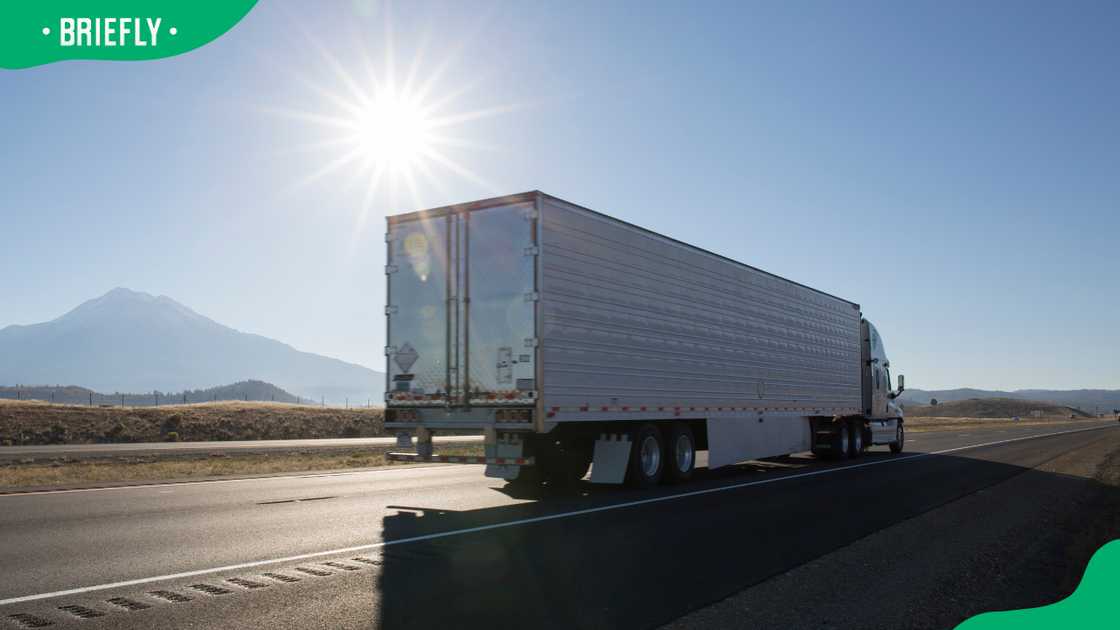
Source: Getty Images
- Fatality rate: 26.8 deaths per 100,000 FET employees
Truck drivers, especially long-haul drivers, have one of the riskiest jobs. They face dangers associated with long hours, fatigue, and equipment failure, which can cause fatal accidents.
The 2021 Arinite study estimated a global fatality rate of 9.42 deaths per 100,000 FTE workers in the overall transport industry. Zimbabwe recorded one of the highest rates of 57.89 deaths per 100,000 FTE workers.
2. Aircraft pilots and flight engineers

Source: Getty Images
- Fatality rate: 31.3 deaths per 100,000 FTE employees
The fatality rates in aviation have significantly reduced due to advancements in safety, but it remains one of the most dangerous professions. Major risks involved include human error, weather hazards, and mechanical failures. Aircraft pilots and flight engineers in small and non-commercial aircraft like Cessnas, choppers, and helicopters are usually at higher risk than those working in commercial jets.
1. Logging workers
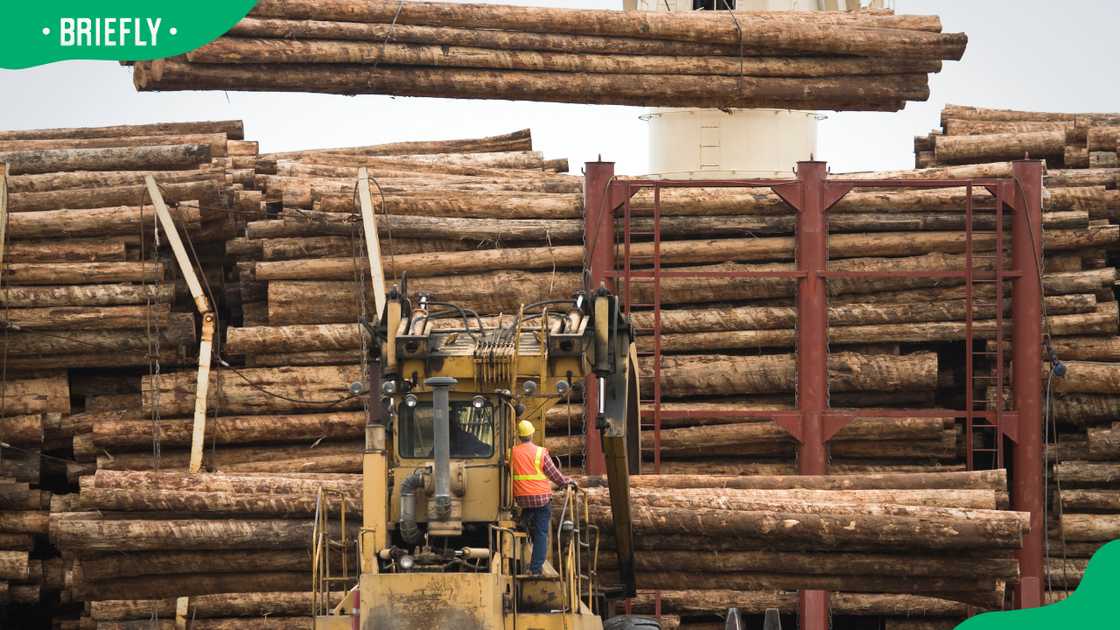
Source: Getty Images
- Fatality rate: 98.9 deaths per 100,000 FTE employees
Logging is part of the forestry sector, which is among the top five most dangerous industries to work in, according to the ILO. Key risks associated with logging include operating heavy machinery, falling grown trees, harsh weather conditions, and remote locations.
Many of the deaths result from blunt force trauma caused by falling timber. Since logging often takes place in remote locations, emergency medical personnel may not reach in time to save the injured.
Which is the safest job?
Jobs that involve office-based work, minimal physical exertion, and controlled environments tend to have the lowest rates of occupational injuries. The commercial nuclear industry is the safest place to work, according to Forbes, with less than 1 fatal injury per 100,000 workers.
Office jobs like accountants, mathematicians, and paralegals are also safe, but nearly 10 times more dangerous than nuclear.

Source: Getty Images
Which are the most dangerous jobs that pay well?
The risk in certain jobs comes with high rewards. The top 4 deadly occupations that pay well, according to Indeed, include:
- Pilots: Approx. $103,426 per year
- Mining engineers: Approx. $102,690 per year
- Construction managers: Approx. $98,475 per year
- Volcanologist: Approx. $93,580 per year

Source: Getty Images
The most dangerous jobs continue to employ millions of people globally. Organisations like the WHO, ILO, and the National Safety Council play a crucial role in ensuring these occupations are safe.

Source: Original
READ ALSO: Best jobs: 12 ways to earn pocket money
Briefly.co.za highlighted some of the best jobs people do when they are not in school. Each of these tasks teaches responsibility and helps develop valuable skills.
Great options include babysitting, pet sitting and dog walking, household chores, and lemonade stands.
Source: Briefly News






